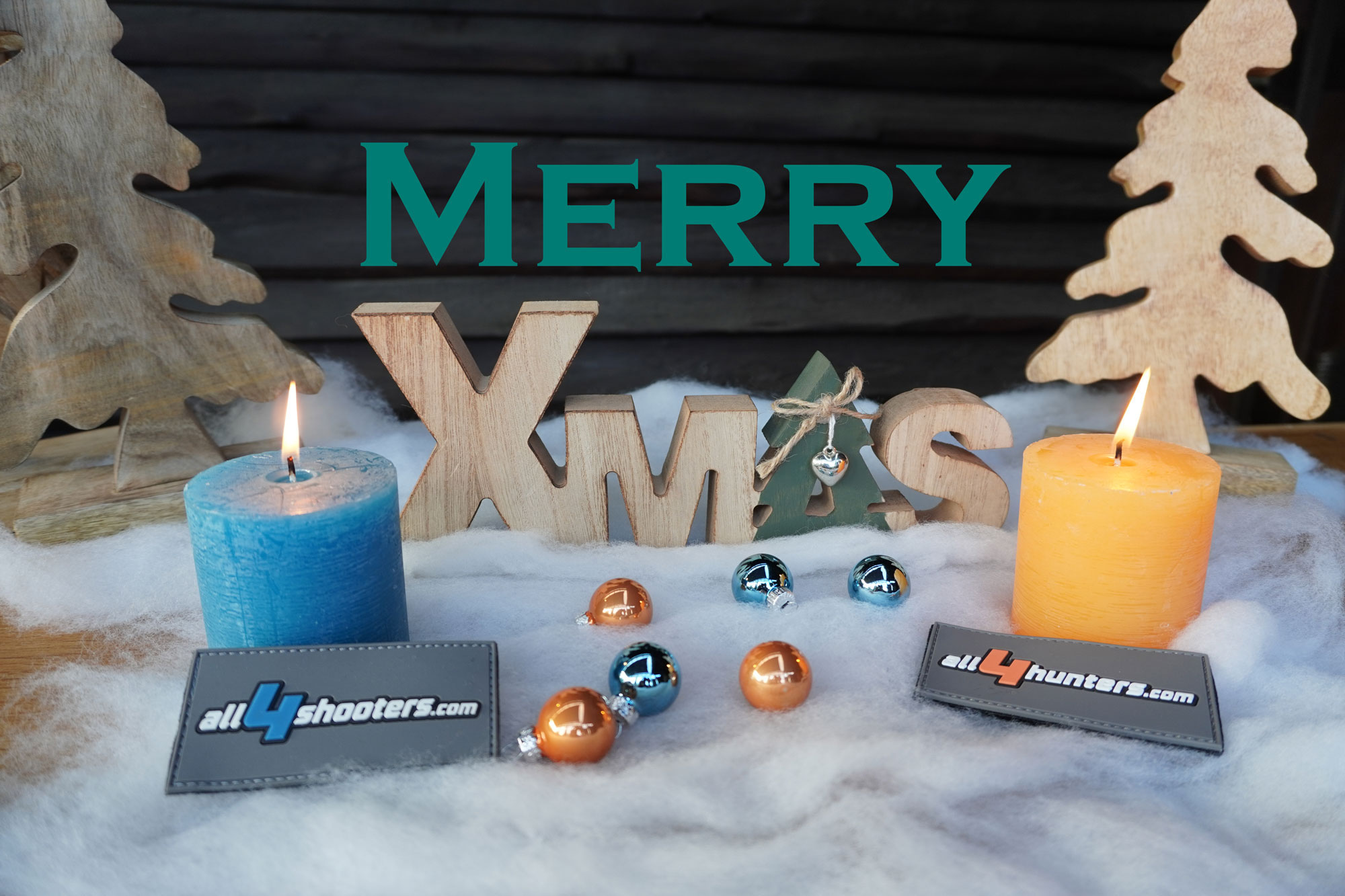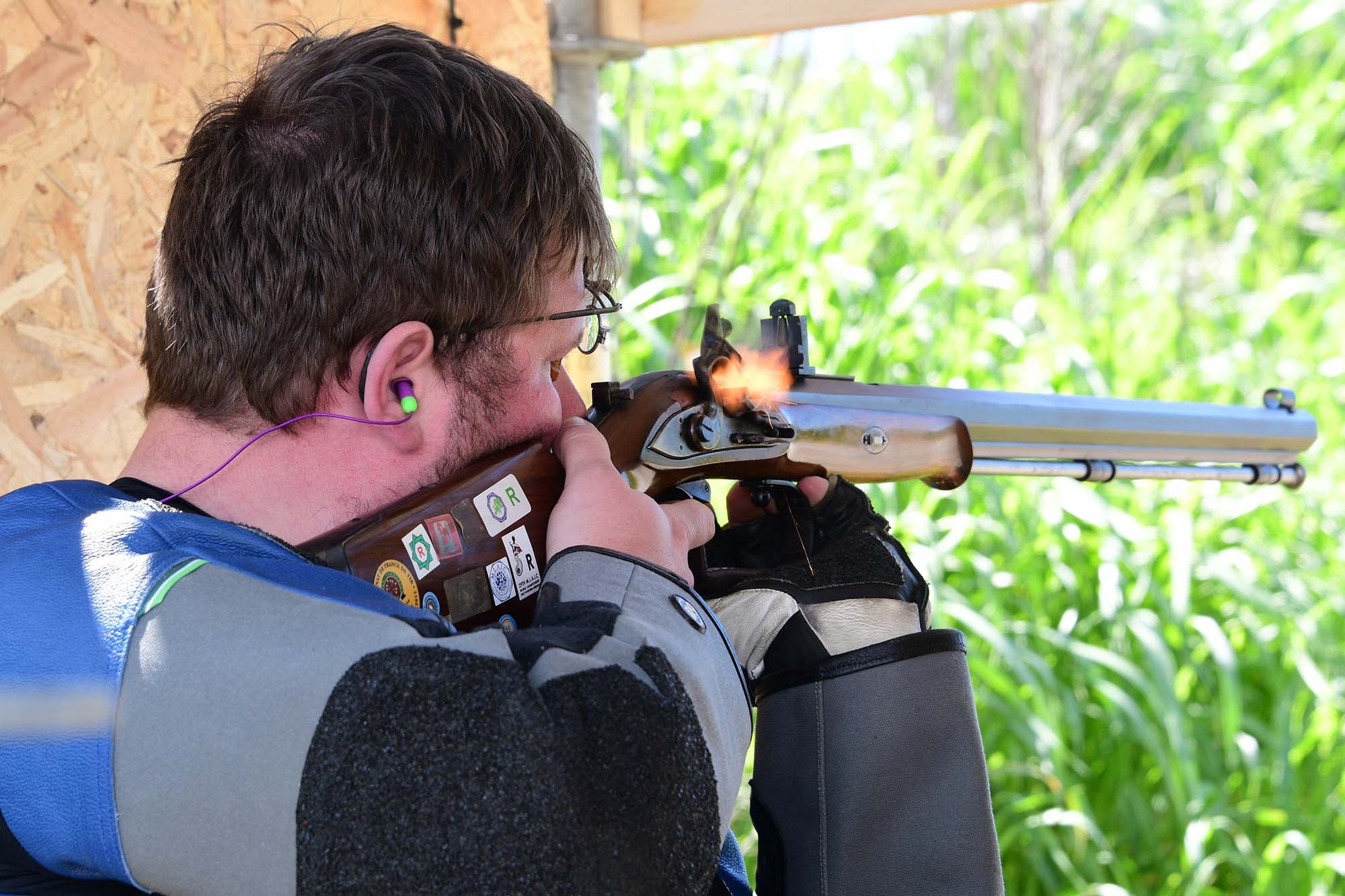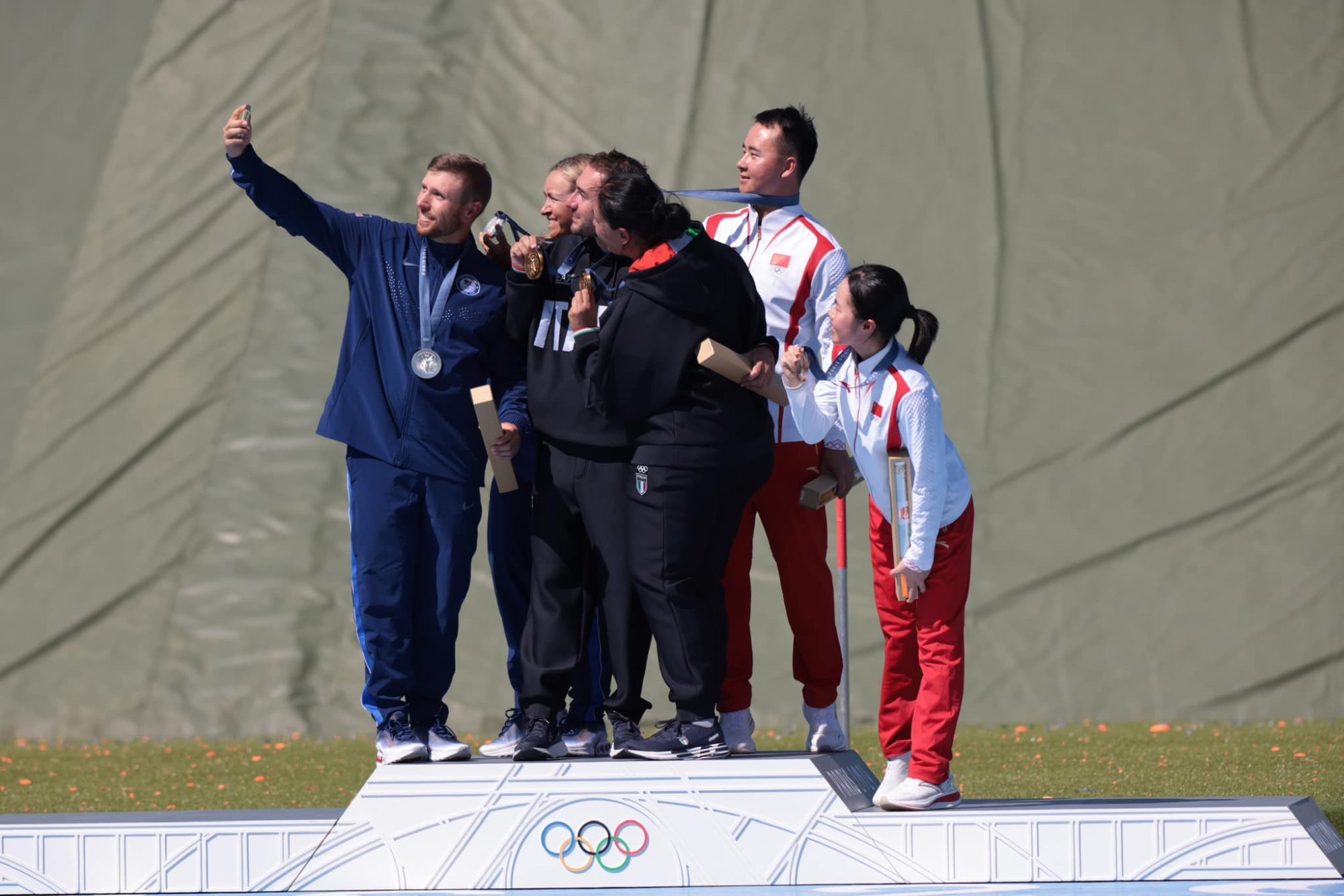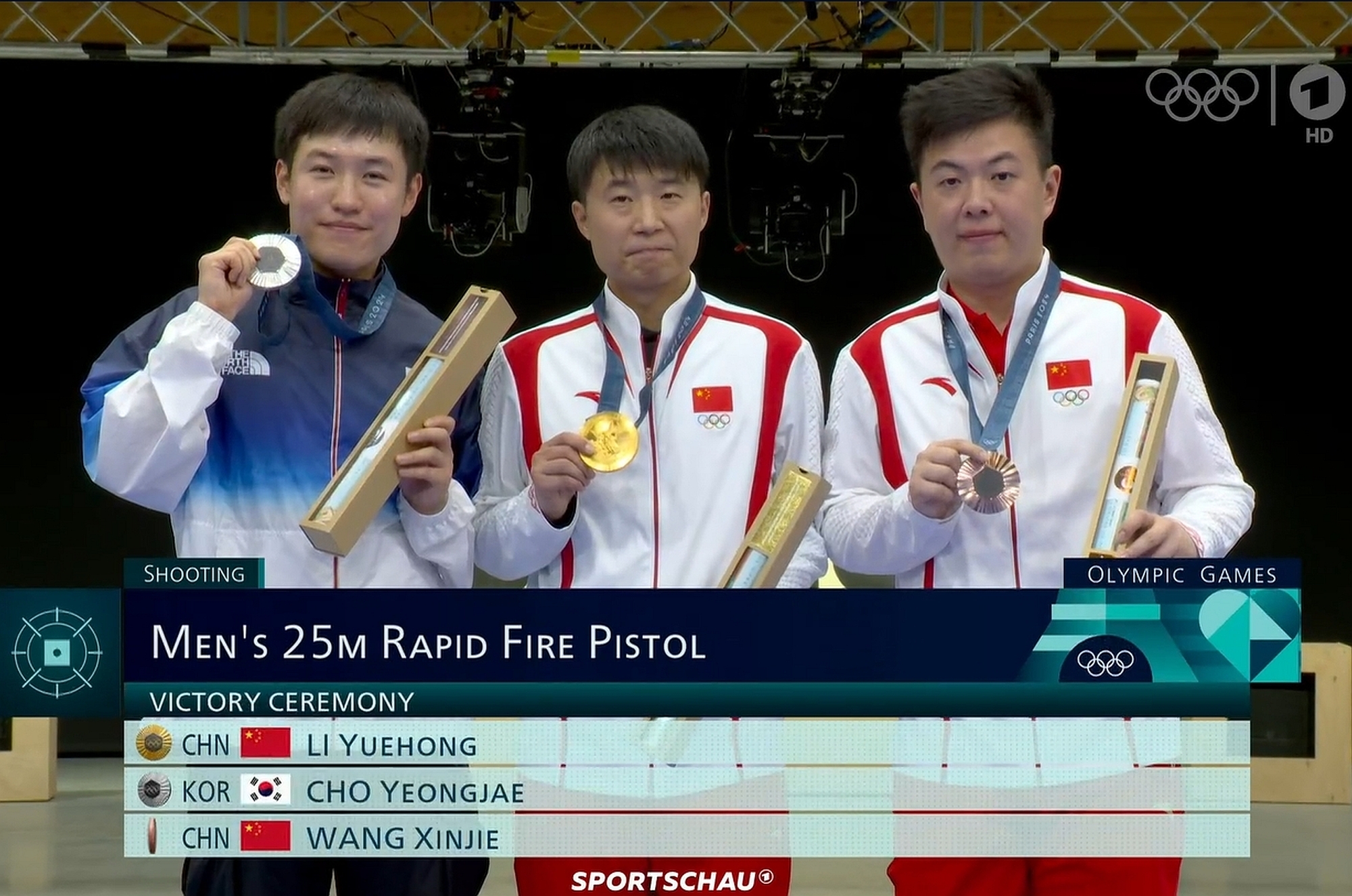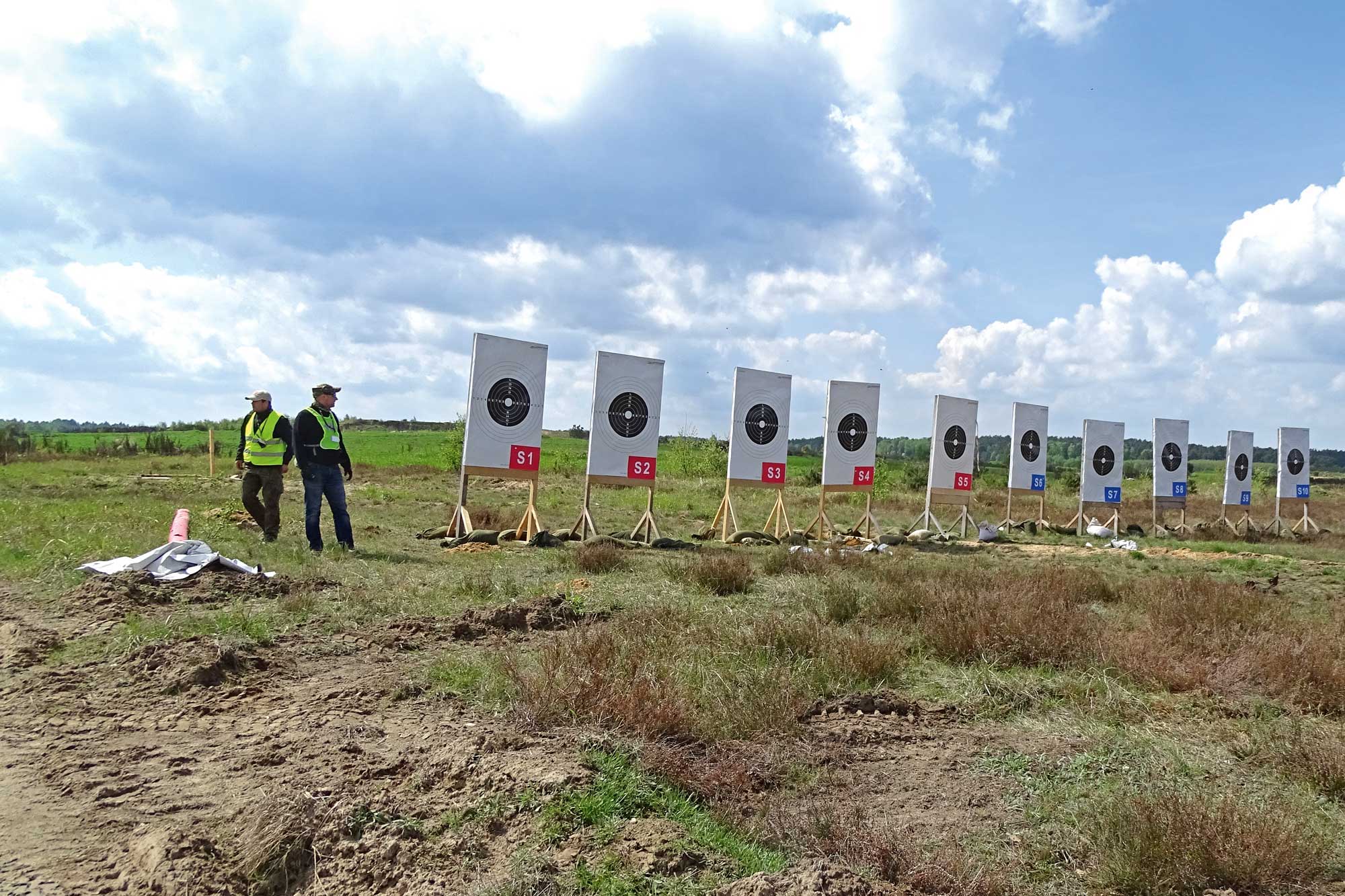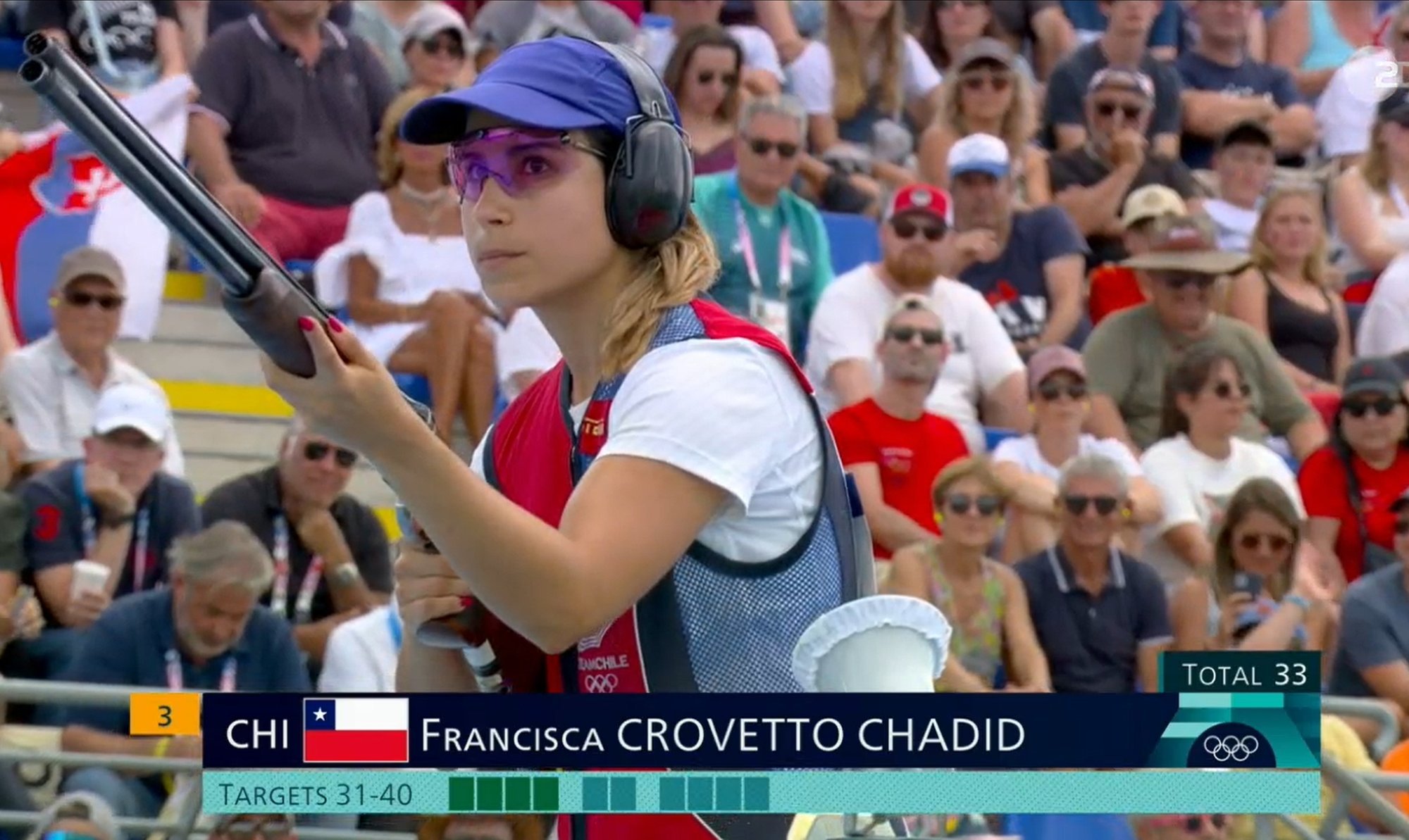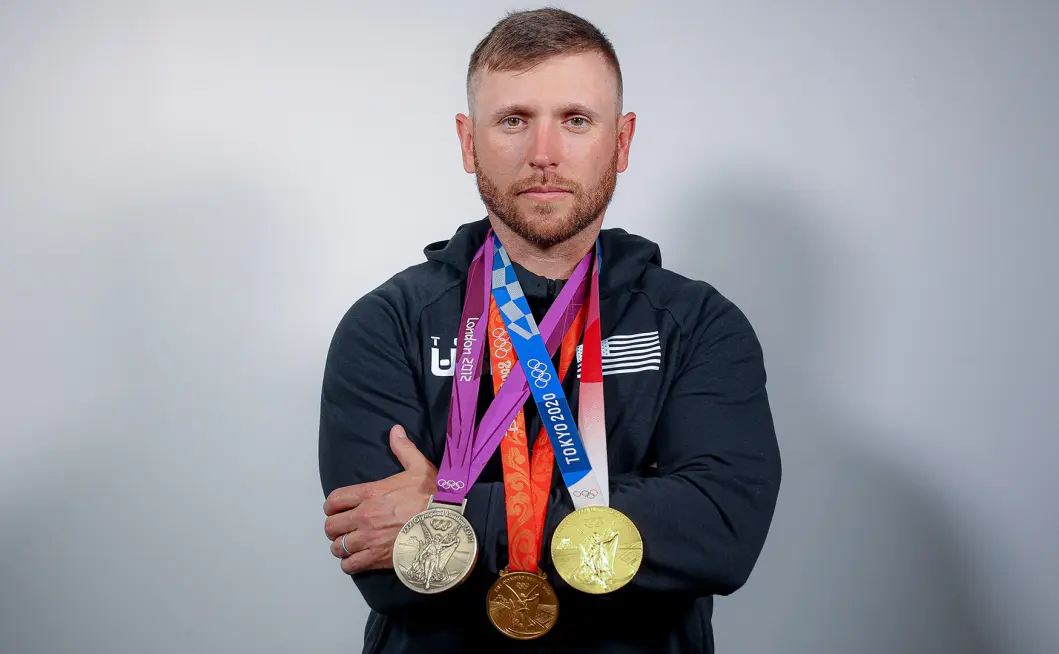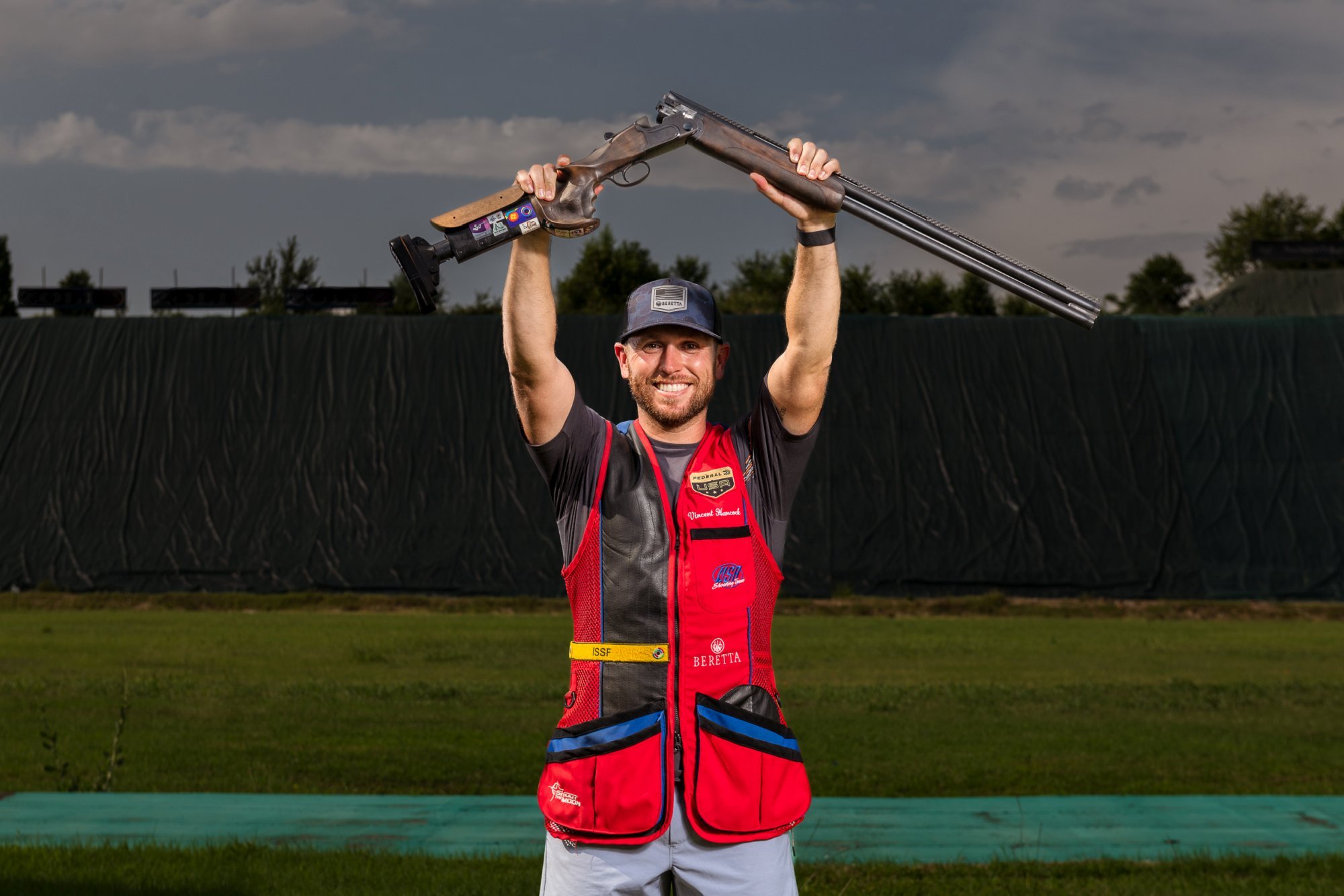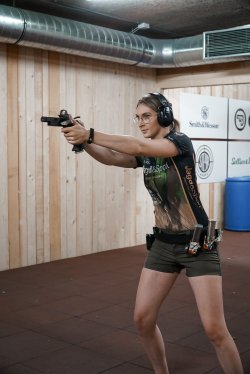
Of course, it must be said that the following tips are based on my personal experience. I recommend everyone simply try different training approaches and find out what works best for you. Because of course everyone – no matter if man or woman – is different and therefore feels different tips as helpful or even useless for themselves.
Often, however, it is also very purposeful to better understand the problems of your partner, who may have to overcome completely different obstacles than you do. And being aware of one's own strengths is also a quality that can be extremely useful, and not just in shooting sports.
I started shooting IPSC when I was 15, so now I've been shooting for over 10 years. More than 6 years ago I met my fiance at a competition in Austria. At that time he was only in his second year of shooting IPSC, but he was already much better than me.
Are men really better at shooting sports?
The main factor for this was my partner's ambition – that is, his male readiness not only to train more, but especially to run explosively and stop abruptly. When we trained together, he always jokingly said that when I shoot you can see the unicorns jumping around the stage. This was in no way meant to be an insult, but it was a very accurate description of my shooting style. Because I was very happy and relaxed shooting. I didn't really run, more like briskly jogged, slowed down gently, took my aim, then made sure I had a really perfect sight picture and fired a perfect shot at the target. Then I aimed again and took a perfect second shot. And then I happily jogged on again to the next target. The whole thing was just as slow and boring as it seems to you now when you read it...
However, I am not an isolated case. Because this is a phenomenon that I observe in the training of very many women. Women have a tendency to want to shoot rather perfectly and jog happily and relaxed, but not with the verve to sprint full out and slow down fully, even if that may hurt a little in the joints.
Men, on the other hand, get this drive, this commitment over time by themselves. Most men start by themselves, at some point sprinting at full throttle and see what happens – just hit a target, just "let the shots fly" and see where they hit. Many men struggle with running too fast and shooting too imprecisely. They find it extremely difficult to compose themselves after a quick sprint and shoot at the targets at an appropriate pace without risking misses by rushing to aim.
Many women need to train themselves that it doesn't always have to be the "perfect shot." An alpha is an alpha, whether it's a low one, a nicked one, or a perfectly centered one. However, running away with full commitment, sprinting and slowing down full out, that is something that a great many women have to work hard to achieve. Personally, I have to remind myself of this before every stage. I visualize where I can go full throttle, both in running and in shooting, and where I have to pull myself together and how precisely I have to aim so that the shots go where I want them to go.
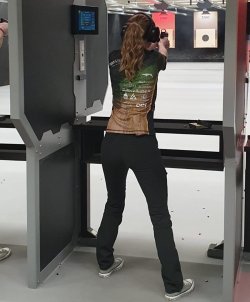
I always give beginners in shooting sports a checklist
I also give beginner training courses at irregular intervals. I always explain shooting to newcomers using the following checklist.Punkt A: Sich richtig hinstellen
- Point A: Position yourself correctly
- Point B: Hold the gun properly
- Point C: Finger off the trigger
- Point D: Breathe properly
- Point E: Correct aiming
- Point F: Gently increase the pressure
This checklist should then be worked through before each shot. A B C D, A B C D...
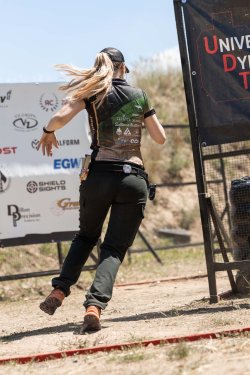
Women usually find it quite easy to work through this checklist. Some points may be skipped or not carried out correctly, but on the whole the checklist is worked through.
I give men the same checklist, but I always notice that they probably get an adrenaline rush when they first discover the joys of shooting for themselves and thus forget that after A and B comes C and you can't jump to X Y and Z right away. They shoot faster and faster and with more pleasure and "unimportant" points such as breathing, pulling the trigger gently or not wander into a backward leaning position are completely forgotten.
This is of course nice and fun, but it is extremely bad for the hit groups and often also affects safety in gun handling. An absolute no-go – the finger must ALWAYS be off the trigger when not shooting and the gun is ALWAYS pointed in a safe direction, no matter in which load condition it is.
That's why I tend to be a bit more rude in encouraging many men to collect themselves, concentrate, and dutifully work through the checklist again.
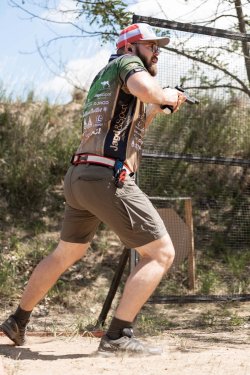
Even if you are already able to work through some points subconsciously without having to think about them consciously, they should still be executed cleanly. If the grip is miserable, even the fastest and best shooter with a perfect sight picture will struggle to hit the target. Women, on the other hand, often have to be encouraged to work through the checklist more and more quickly and smoothly.
When I started training with Horst, he noticed that I paused and aimed at every target. No matter whether it was 50 meters away or only 5 meters. I always checked the rear and front sights and only then pulled the trigger. Of course, that takes a lot of time, especially with 5-meter targets. So he kept me doing a lot of dry practice and taped off my sights with a target patch during practice. I was horrified. "Surely I can't shoot without sights!!!" "Yes, you can. Your muscle memory is so good, you don't have to sight at 5 meter targets. Now don't think about it and just do it." And indeed, it works.
He, on the other hand, more often runs the risk of overtaking himself out of sheer enthusiasm and shooting not only short distances at full throttle, but also further ones. This carries the risk of not hitting the target and costs points. And the best time is worth nothing if you have lost too many points. So while I have to train to accelerate on short-range targets, he has to train to slow down on longer-range targets.
As in all walks of life, the mantra in shooting is "find the middle course"
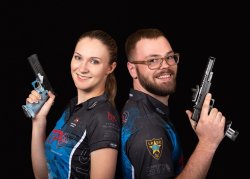
So, as in most situations in life, you have to find the right balance. To move in the middle between full enthusiasm and thoughtful restraint. And that, as in most things, is precisely the most challenging aspect.
Very helpful to learn these skills is to have a training partner who knows exactly your own weaknesses and strengths. Someone who knows exactly whether one tends to want to shoot too perfectly and thus run rather hesitantly, or whether one tends to overtake oneself and to collect Mikes out of sheer enthusiasm and energy.
So ask yourself: do you tend to be more hasty and quick to act, or do you tend to be hesitant and hold back? Both have their advantages and disadvantages, and both characteristics can be well trained and minimized if you are aware of them.



